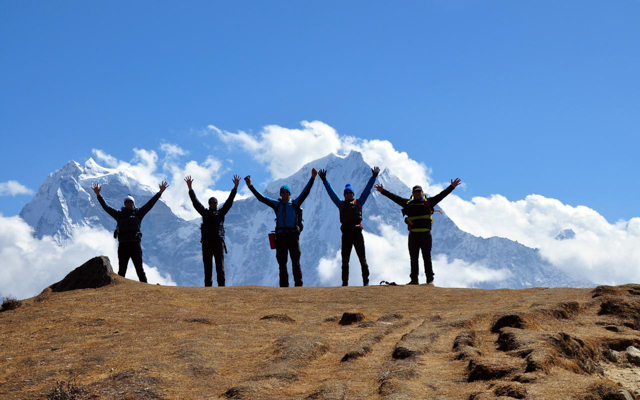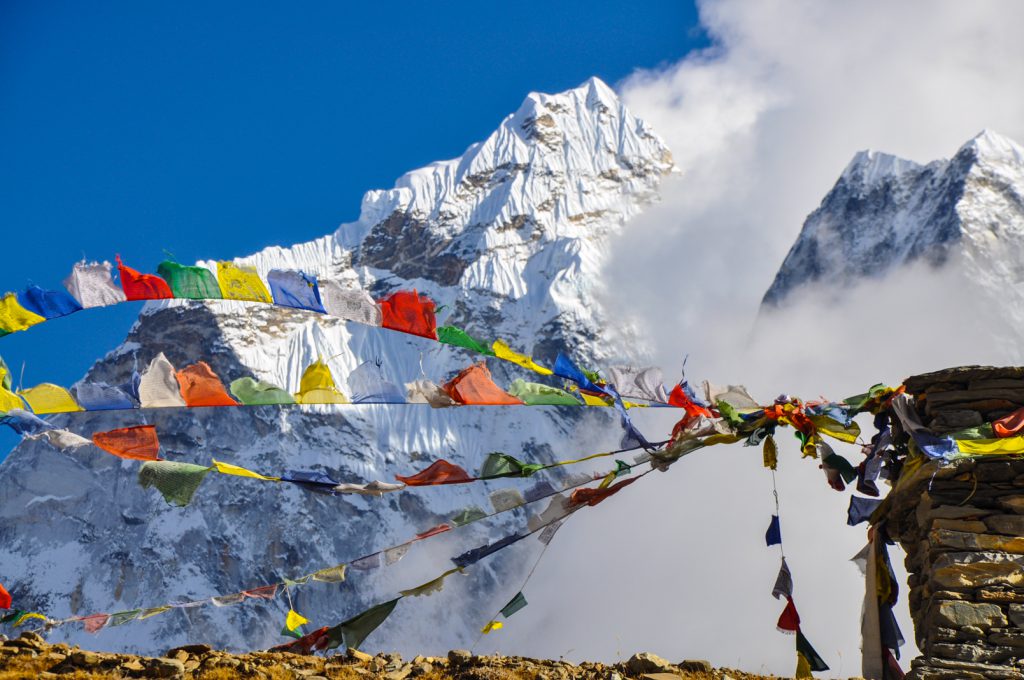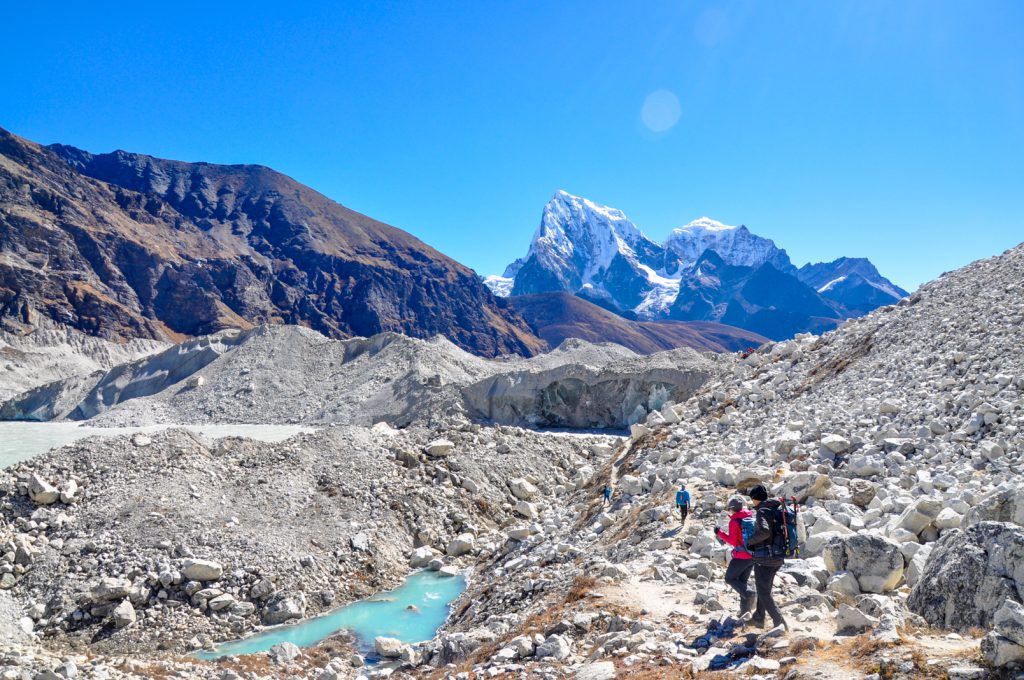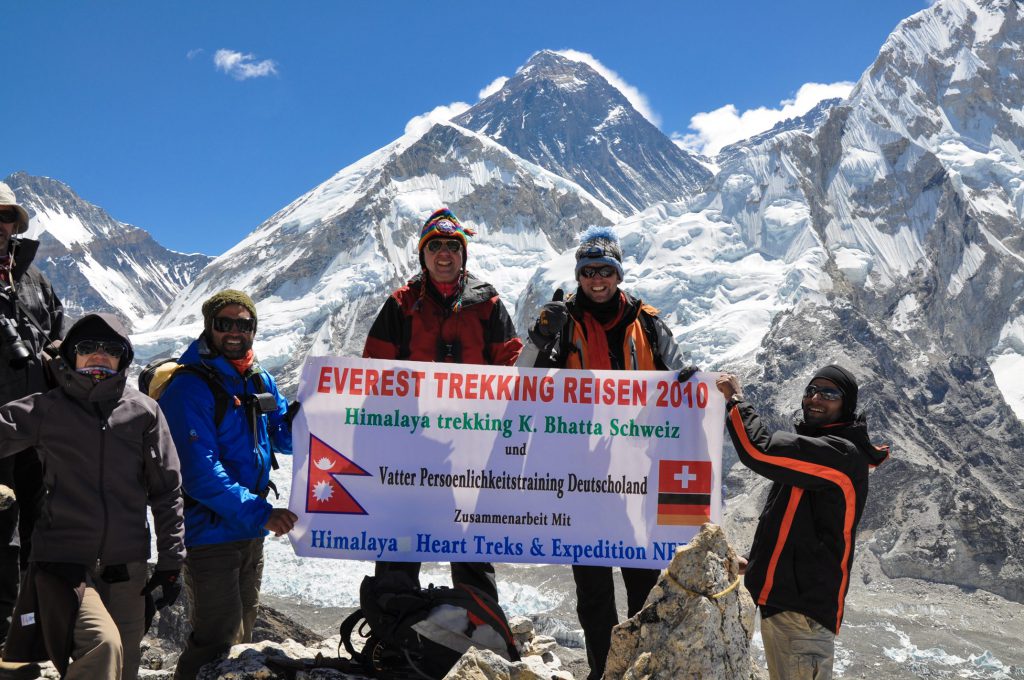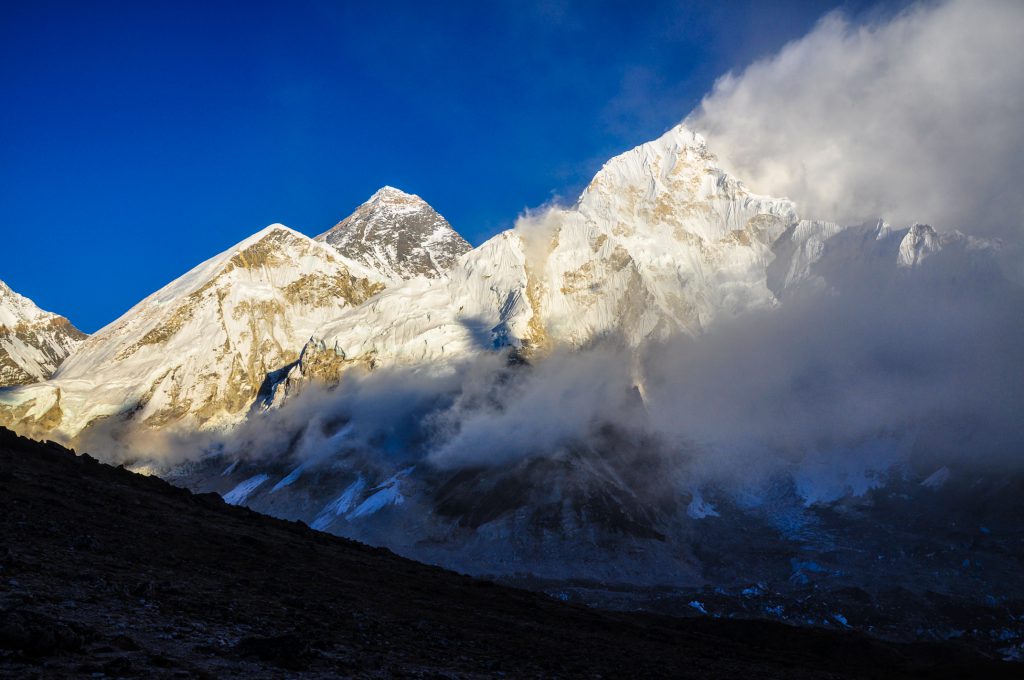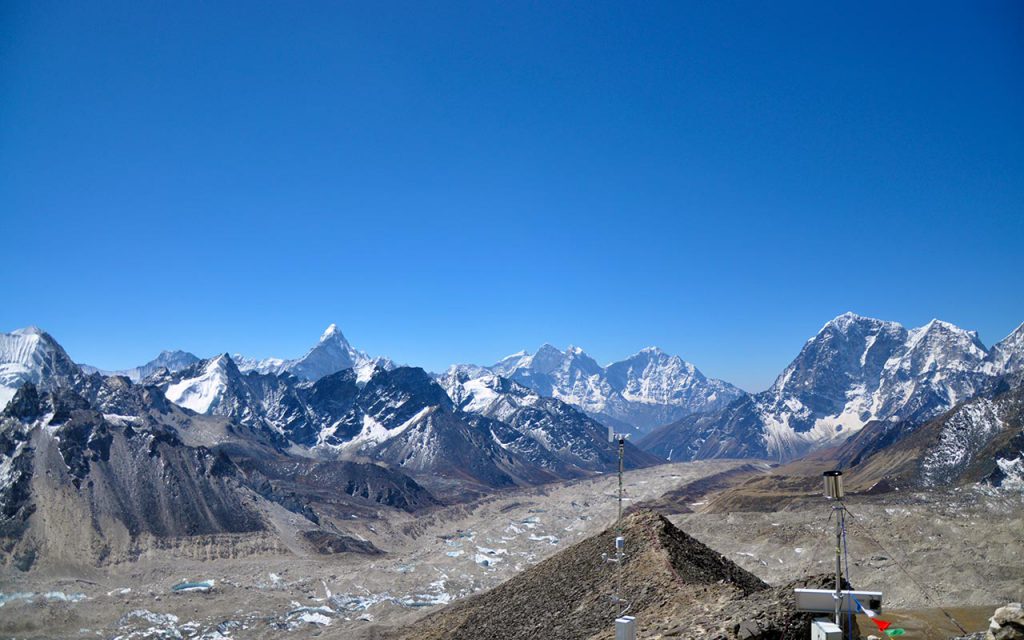Join Our Fixed Trip Starting Date
| TRIP DATES | PRICE | AVAILABILITY |
|---|
The Everest trek is a classic one and up there with the best treks anywhere in the world. A trek with wildlife in abundance, mountain magnificence and cultural riches to devour, this journey has it all. As we are stretching our comfort zone and trekking above 5000 meters the trek is designed to allow the body to fully adjust to the altitude. Rest and acclimatization days are neatly scheduled into the itinerary as we go.
Tune in to the beauty of these glorious mountains and get immersed in Sherpa heartland as you are truly among them and soak up their rich cultural heritage and lifestyle. The Sherpas originated as sever or separated families who migrated from Eastern Tibet and settled the uninhabited high valleys of Nepal around 500 years ago. Their name “Ser-Pa” reflects those origins: ‘east –people’. The small group of families brought with them the rich tradition religion and literature of Tibetan Buddhism..
We visit the 500-year-old Thyangboche Monastery on route, set almost surreal and surrounded by mountains in the pristine wilderness of Sagarmatha National Park. Although the trail can be a difficult one at times, with a strong Himalayan heart and the will to get up close to truly experience these monsters, there will be days when you feel like you are floating on air!!.
Thrills start on day one with a spectacular flight through the heart of the Himalayas to the mountain airstrip of Lukla. From this tiny airfield carved out of the foothills, the trail leads up through Sherpa villages, past Buddhist Monasteries, through alpine forests of fir and rhododendron and across high suspension bridges.
Moving up the trail the views of Everest, Lhotse, Nuptse and Ama Dablam from Tengboche are out of this world. Climbing above the tree line we cross alpine pastures and glacial moraine before eventually reaching Kala Patthar. From here, surrounded by rock, snow, and ice we have unsurpassed views of these true giants as they reach out to touch us. Magical mountains and wonderful Sherpa culture go hand in hand to conjure up a lasting lifetime experience.
Himalaya Heart will look after you all the way. Our mountain guides have spent many years leading groups at high altitude and are well able to deal with any problems. Our teams are always well prepared, we provide our porters and support staff with excellent equipment for travel into the mountains. Your trip leader will pay careful attention to all clients and staff, making sure everyone stays as comfortable as possible and has the best chance of attaining their goals and completing the trip successfully.
Please note:
Delays with Lukla flights: These can happen any time of year, but are especially likely around monsoon season (late May to early Sept.). If your flight is delayed Himalaya Heart will reschedule you on the next possible flight. As conditions can change rapidly this may be very soon after your scheduled departure, or on very rare occasions be as much as a few days later – it is very difficult to predict. This can be pretty frustrating, but is simply part of the journey to the Everest region. We strongly recommend you add at least a day or two to the end of your trip if you have an international connecting flight to give yourself some flexibility in the case of any delays.
- Beautiful mountain landscapes
- Great trekking experience through the highest mountains on earth
- Insight into Sherpa cultural
- Pristine surroundings
- Wonderful nature
- Tengboche Monastery (3850m)
- Khumjung village authentic Buddhist settlement
- Spectacular close up experience of Everest

 +977 9851093973 (Thakur)
+977 9851093973 (Thakur)